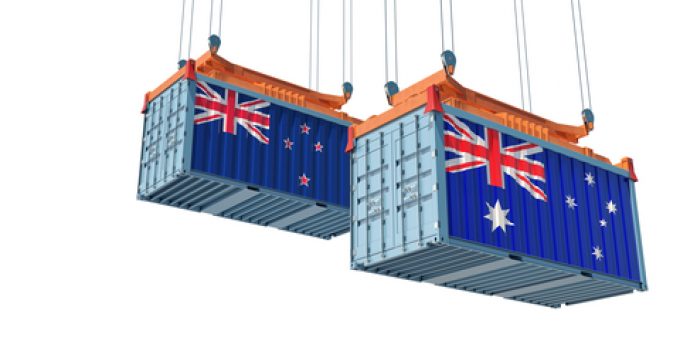Victoria: queue and jam – and now call your advisor (Part Two)
Don’t be deceived, do your own due diligence

There’s been no respite in the supply chain bottlenecks impacting Australia and New Zealand, but high air and ocean freight rates have helped forwarders to record profits.
In Australia, fresh from electing a new prime minister this week, shippers are facing a great deal of uncertainty ...

Comment on this article